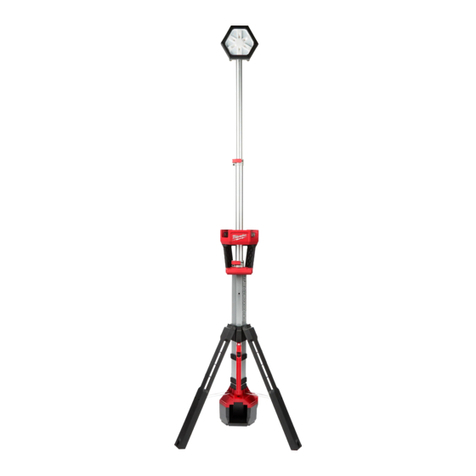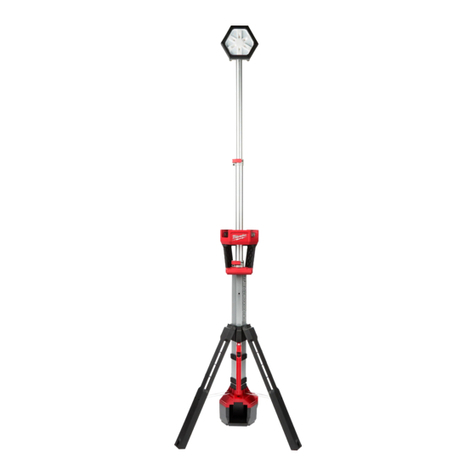Milwaukee L4 HL2 User manual
Other Milwaukee Lighting Equipment manuals

Milwaukee
Milwaukee HEAVY DUTY M18 HOAL User manual

Milwaukee
Milwaukee M12 PACKOUT AREA LIGHT User manual

Milwaukee
Milwaukee MXF TL User manual

Milwaukee
Milwaukee 2130-20 User manual

Milwaukee
Milwaukee M18 ONESLDP User manual

Milwaukee
Milwaukee M12 UHL User manual
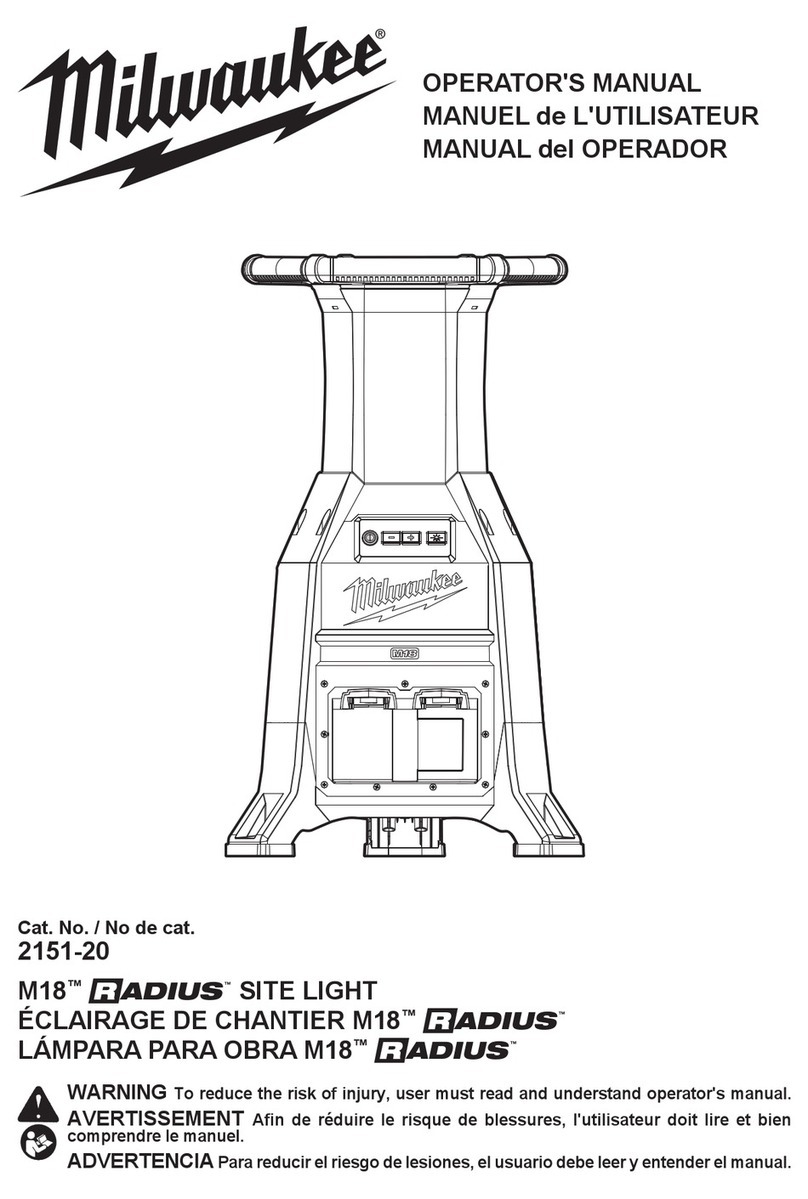
Milwaukee
Milwaukee M18 RADIUS 2151-20 User manual
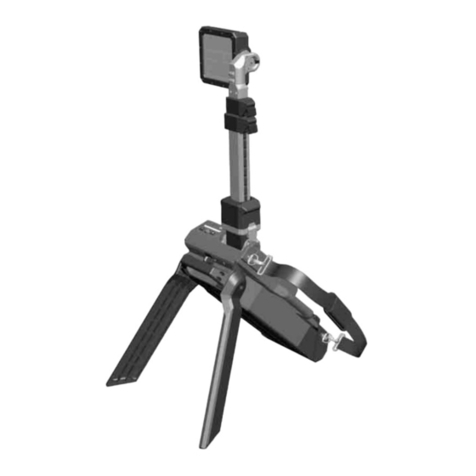
Milwaukee
Milwaukee M18 User manual

Milwaukee
Milwaukee MX FUEL ROCKET User manual
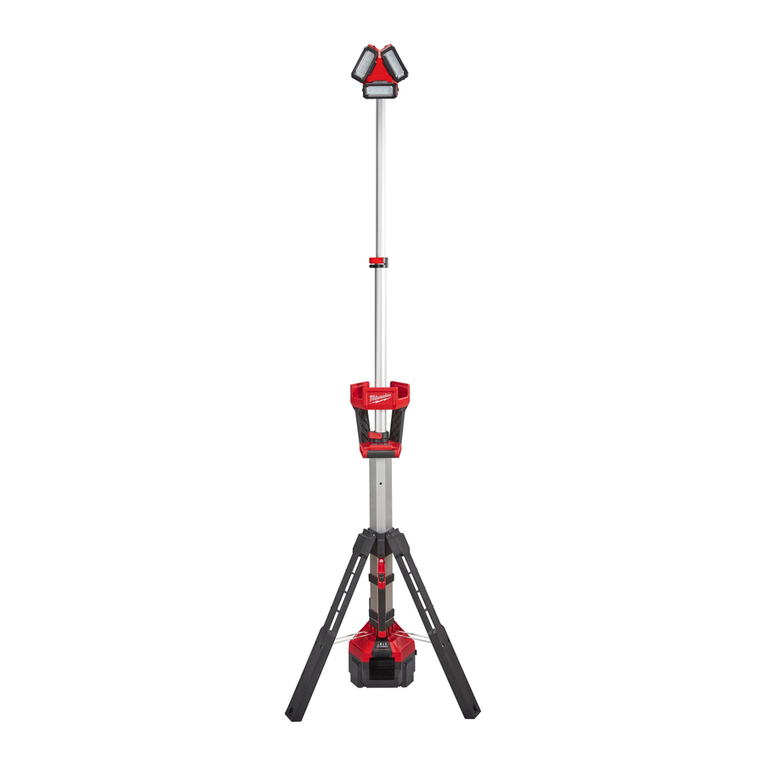
Milwaukee
Milwaukee M18 HSAL User manual

Milwaukee
Milwaukee M18 PAL User manual
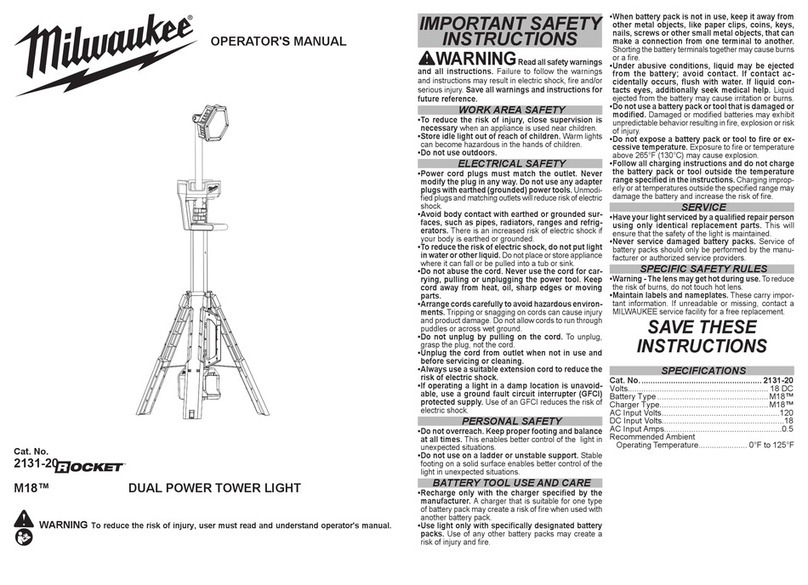
Milwaukee
Milwaukee M18 ROCKET 2131-20 User manual
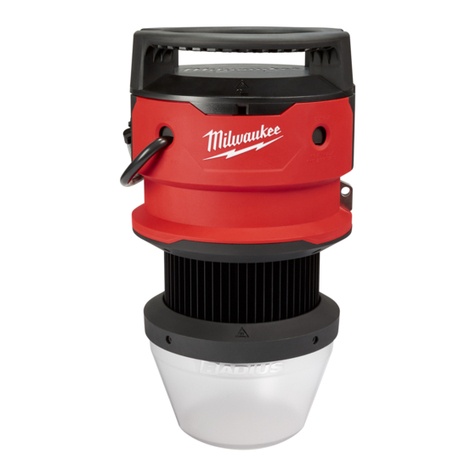
Milwaukee
Milwaukee Radius 2156-AC User manual
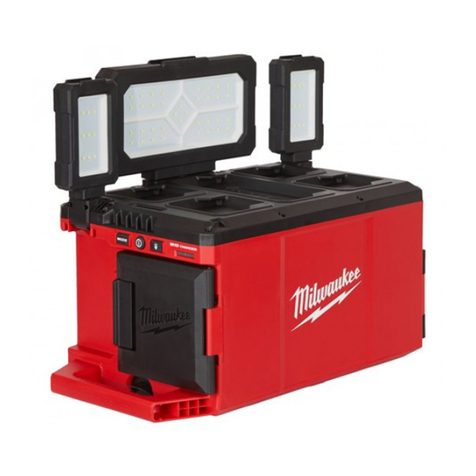
Milwaukee
Milwaukee M18 User manual
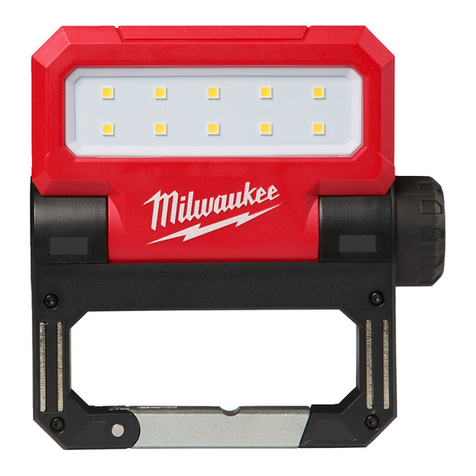
Milwaukee
Milwaukee L4 FFL User manual
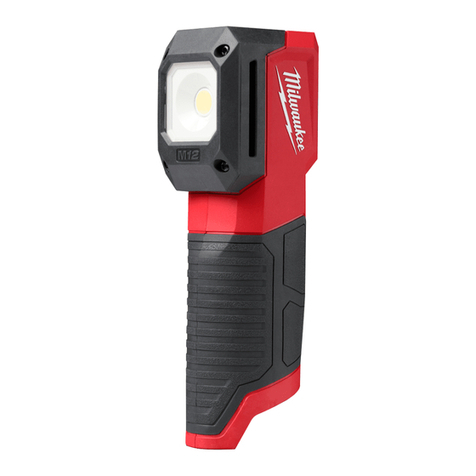
Milwaukee
Milwaukee M12 CML User manual
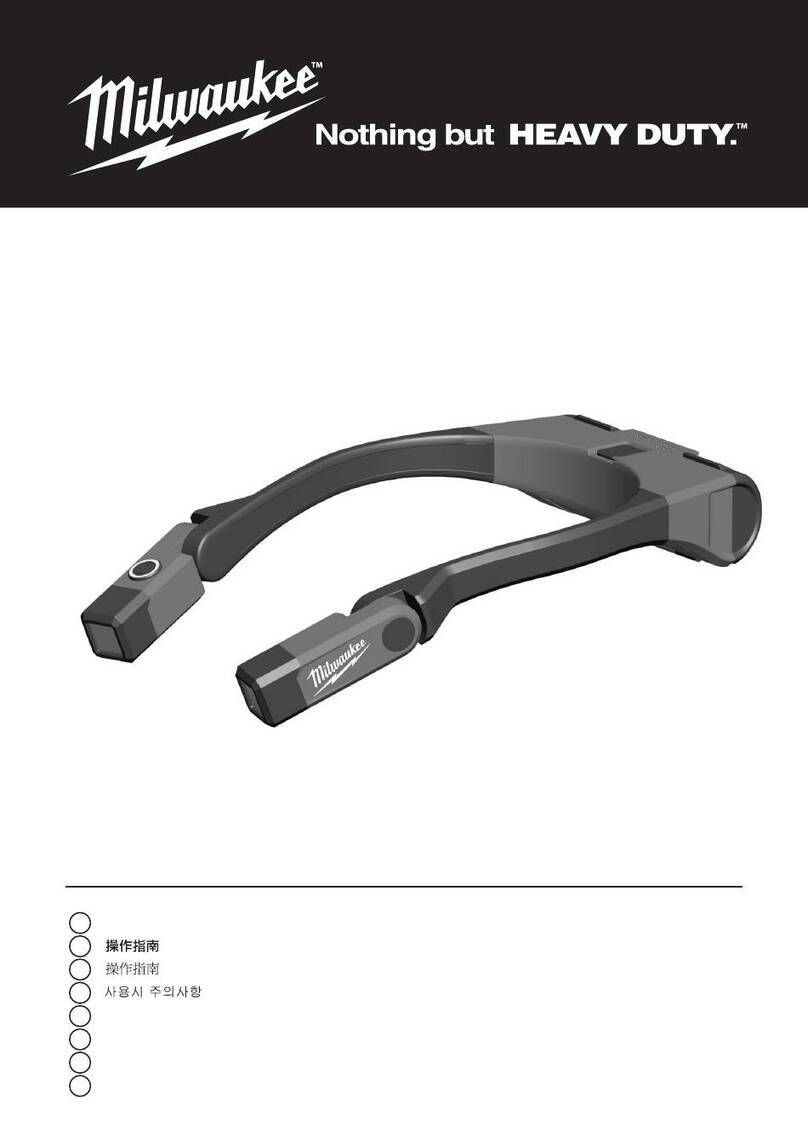
Milwaukee
Milwaukee HEAVY DUTY L4 NL400 User manual

Milwaukee
Milwaukee L4 SL550 User manual

Milwaukee
Milwaukee M18 User manual
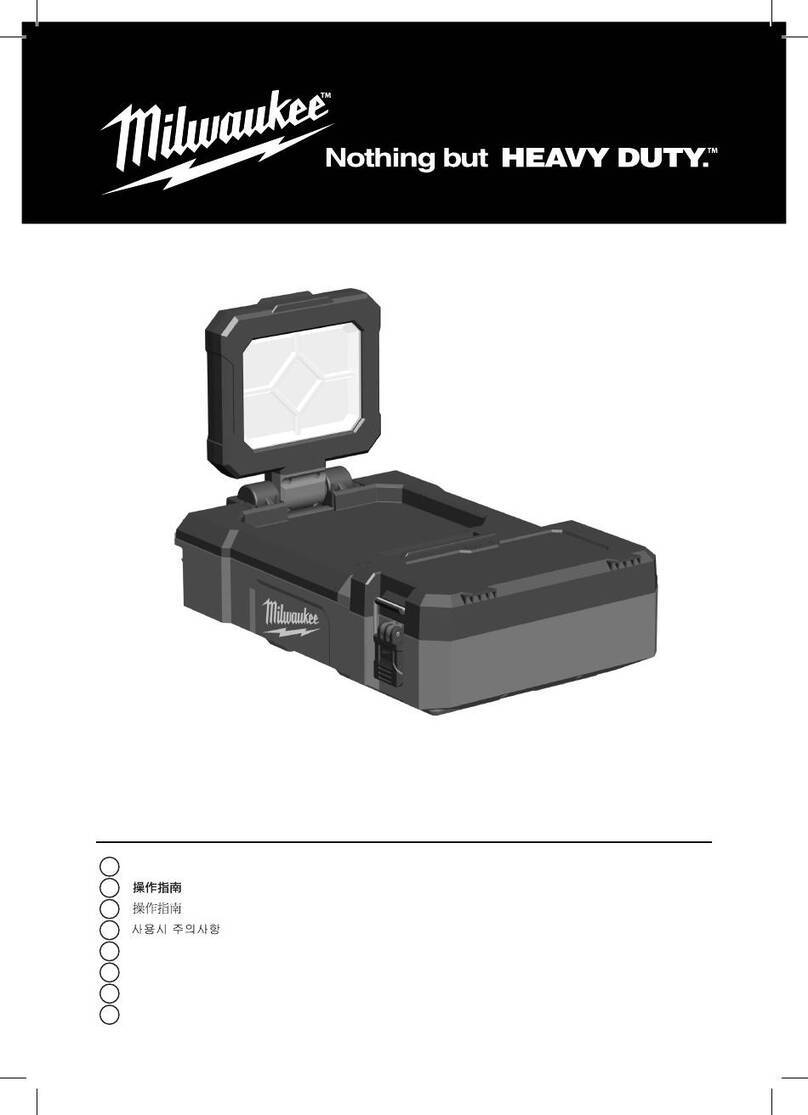
Milwaukee
Milwaukee HEAVY DUTY M12 POAL User manual
